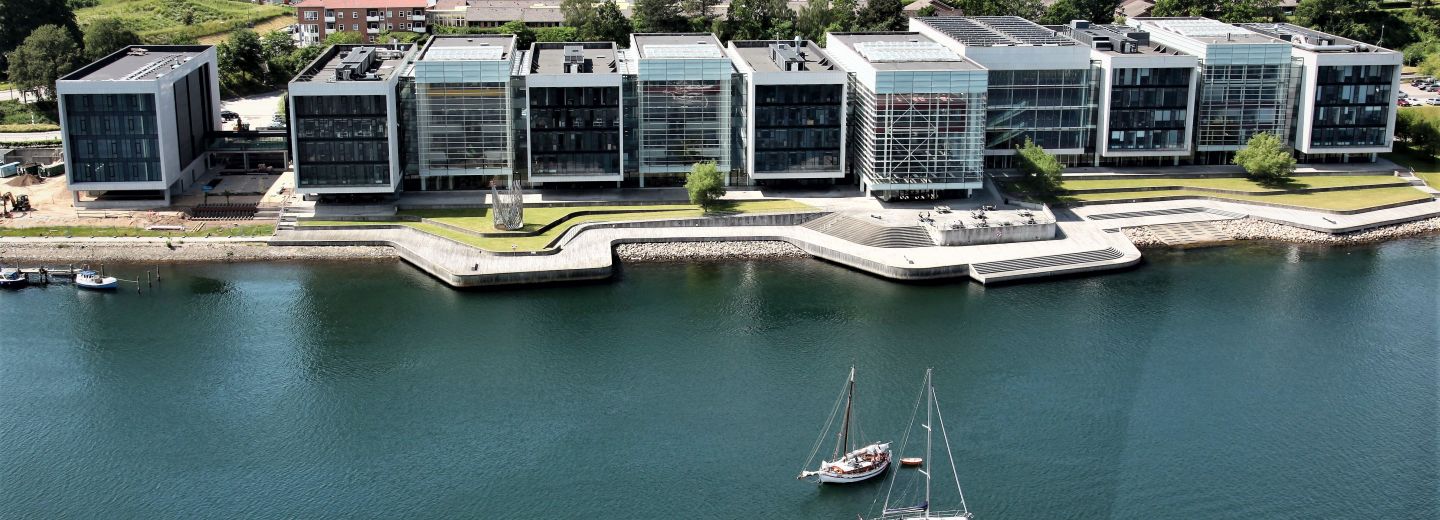
NanoSYD receives millions for research projects about green transition
The Independent Research Fund Denmark (DFF) has granted money to three research projects at SDU NanoSYD. In two of them, SDU NanoSYD is leadpartner, whereas the third is a cooperation with the Technical University of Denmark (DTU).
DFF dives 333 million kroner to 65 research projects particularly within green transition. The funding shall be used to help talented researchers along and by this ensure new, original ideas and research-related breakthroughs within climate, nature and environment, among others.
The projects cover a broad spectrum of research within green transition. Minister of Education and Research, Ane Halsboe-Jørgensen is pleased:
“I’m happy to see all the ideas and the large interest for research within green transition in the selected projects. It’s good to see that the green research funds which we allocated now are out to live in concrete projects. I’d also like to praise how the Danish research world contributes as a whole. We need a broad, cross-disciplinary view if we are to solve the climate challenges”, the minister states.
For a long time, the Mads Clausen Institute has worked intensely on the development of renewable energy sources, green transition and the UN Sustainable Development Goals in general, says Horst-Günter Rubahn, director of the Mads Clausen Institute:
“I am incredibly happy that our efforts now are bearing fruits, and that it is two of our most talented, female researchers and leaders of our solar cell activities who receive funding from DFF.”
Namely, two of the grantees are associate professor Vida Engmann and associate professor Roana Meline de Oliveira Hansen, who both receive 2.9 million kroner.
Want to mimic leaves of trees
Vida Engmann’s project is inspired by nature and deals with the production og artificial chloroplast by means of nanoparticles that are meant to optimise
the process in which the energy of the sun can be used to produce electricity and hydrogen.
“Generally speaking, you could say that the project to a certain extend is about copying those processes that happen in a leaf on a tree. Over time, nature has used complex biological nanoscaled structures to harvest sunlight and convert it to chemical energy that facilitates growth of plants around the globe. Inspired by such photosynthetic processes, I want to use this project to develop ArtPlast – a synthetic platform for bioinspired organic nanoparticles that facilitate photosynthetic processes in the same precise way that nature has brought it to perfection”, says Vida Engmann.
She continues that that the project not only strives towards delivering new technologies for the conversion of solar energy and its storage, but also wants to do this in a green way, without decomposing the organic components they are made of – just like nature does.
Electronic super nose to prevent food waste
Roana Melina de Oliveira Hansen receives the funding for her investigations of a new type of biosensor that makes it possible to precisely predict the best before date for meat products. By this, food waste can be minimised significantly.
“Our goal is to determine the freshness of meat and fish with great precision and certainty, and to extrapolate to a correct best before date. Of course, we are proud and honoured about this grant which means that we, among other things, can hire a researcher and thus take the next step in our research.”
The estimated total Danish food waste amounts to at least 8.4 billion kroner a year.
Finally, Morten Madsen, professor mso and head of the solar cells group at SDU NanoSYD, is partner in a project led by DTU Energy. In this project, researchers investigate how Internet of Things sensors can be supplied by micro energy conversion technology (e.g., from solar cells) and storage technology.